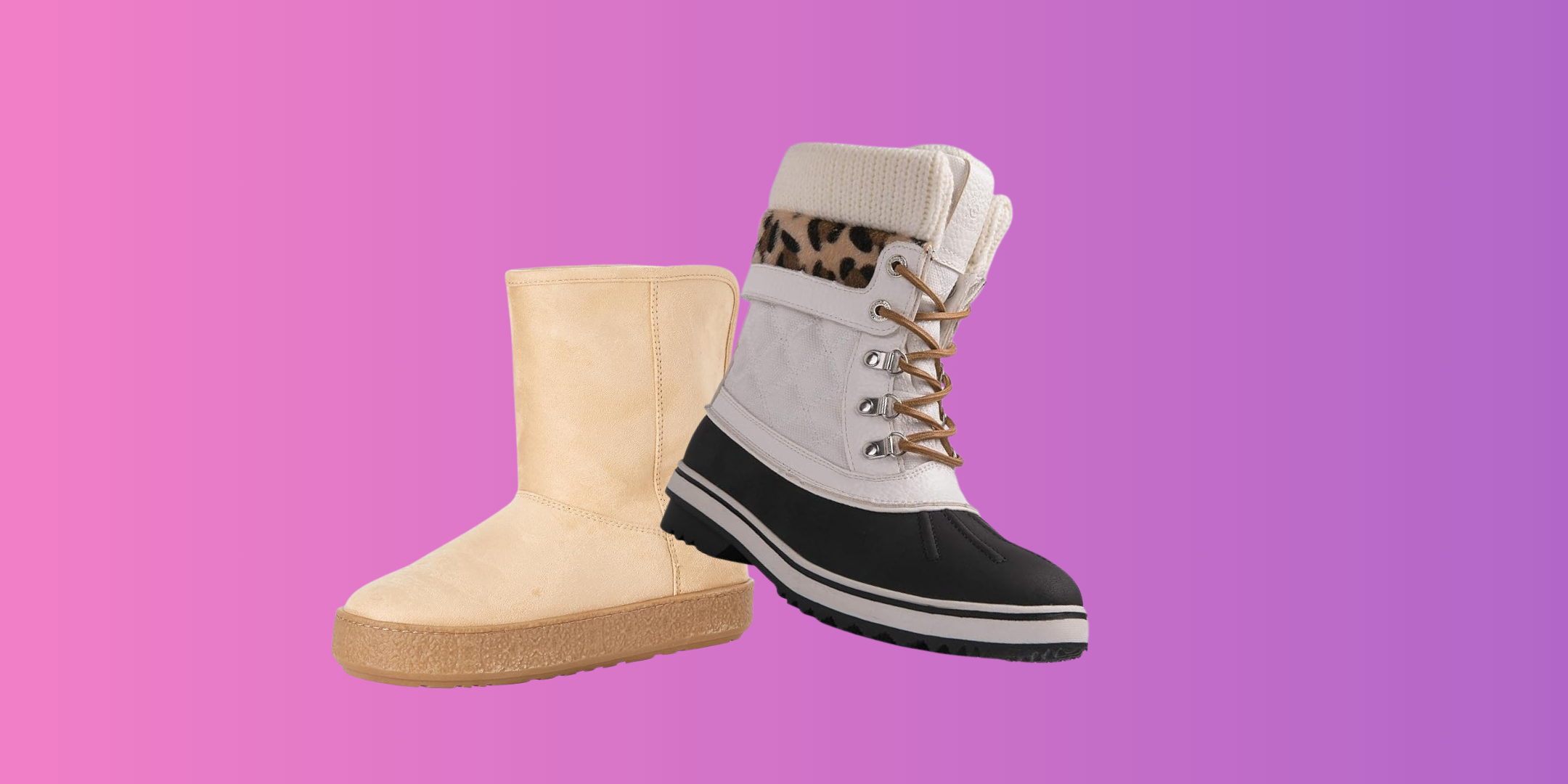5 Winter Boot Tips

As the winter months approach, it’s essential to ensure you’re prepared for the cold, snowy, and icy conditions that come with the season. One of the most critical components of winter gear is a good pair of boots. Not only do they keep your feet warm and dry, but they also provide the necessary traction and support to navigate through snowy and icy terrain. In this article, we’ll explore five winter boot tips to help you make the most out of your winter footwear.
Understanding the Importance of Insulation
When it comes to winter boots, insulation is key. A well-insulated boot will keep your feet warm even in the coldest of temperatures. Look for boots with a good insulation rating, such as Thinsulate or similar technology. These materials are designed to retain warmth while also being breathable, preventing the buildup of moisture that can lead to cold feet. It’s also important to consider the type of activity you’ll be doing in your boots. If you’ll be engaging in high-intensity activities like skiing or snowshoeing, you may want to opt for boots with a higher insulation rating to keep up with your body’s heat production.
The Role of Waterproofing
Waterproofing is another critical factor in winter boots. Snow and ice can be wet and cold, and if your boots aren’t properly waterproofed, you risk getting cold, wet feet. Look for boots with a waterproof membrane, such as Gore-Tex or similar technology. These membranes allow moisture to escape while keeping water out, ensuring your feet stay dry and comfortable. It’s also important to consider the type of waterproofing used. Some boots may have a waterproof coating, while others may have a fully waterproof membrane. Be sure to read reviews and product descriptions to understand the level of waterproofing in your boots.
Traction and Grip
Traction and grip are essential for navigating snowy and icy terrain. Look for boots with aggressive tread patterns and deep lugs to provide the necessary grip on snow and ice. It’s also important to consider the type of sole used in your boots. Some boots may have a more aggressive sole for better grip, while others may have a smoother sole for easier walking on flat surfaces. If you’ll be walking on icy surfaces, consider boots with specialized ice grips or crampons for added traction.
Comfort and Fit
Comfort and fit are often overlooked when it comes to winter boots, but they’re essential for a enjoyable winter experience. Look for boots with a comfortable, roomy toe box and a snug, supportive heel. It’s also important to consider the type of lacing system used in your boots. Some boots may have a traditional lacing system, while others may have a quick-lace or elastic system. Be sure to try on several different sizes and styles to find the one that fits you best.
Maintenance and Care
Finally, proper maintenance and care are essential for extending the life of your winter boots. Look for boots with a durable, easy-to-clean material, such as full-grain leather or synthetic materials. It’s also important to condition your boots regularly to keep the materials supple and waterproof. Avoid using harsh chemicals or abrasive cleaners, as these can damage the materials and compromise the waterproofing. Instead, use a gentle cleaner and conditioner specifically designed for winter boots.
What is the best type of insulation for winter boots?
+The best type of insulation for winter boots is a breathable, moisture-wicking material like Thinsulate or similar technology. These materials retain warmth while allowing moisture to escape, preventing cold, wet feet.
How do I choose the right size of winter boots?
+To choose the right size of winter boots, try on several different sizes and styles to find the one that fits you best. Consider the type of socks you'll be wearing and the type of activity you'll be doing in your boots. It's also a good idea to consult with a sales associate or read reviews from other customers to get a sense of the fit and sizing.
Can I wear winter boots in warm weather?
+While winter boots are designed for cold weather, they can be worn in warm weather if necessary. However, it's essential to consider the type of activity you'll be doing and the temperature. If you'll be engaging in high-intensity activities or walking in warm temperatures, you may want to opt for a lighter, more breathable boot to prevent overheating.
How do I care for my winter boots?
+To care for your winter boots, use a gentle cleaner and conditioner specifically designed for winter boots. Avoid using harsh chemicals or abrasive cleaners, as these can damage the materials and compromise the waterproofing. Regularly conditioning your boots will help keep the materials supple and waterproof, extending the life of your boots.
What is the best type of sole for winter boots?
+The best type of sole for winter boots depends on the type of activity you'll be doing and the terrain you'll be walking on. Aggressive tread patterns and deep lugs provide the necessary grip on snow and ice, while smoother soles are better suited for flat surfaces. Consider the type of sole used in your boots and the type of activity you'll be doing to choose the best sole for your needs.
In conclusion, choosing the right winter boots is essential for a comfortable and enjoyable winter experience. By considering factors like insulation, waterproofing, traction, comfort, and fit, you can find the perfect boots for your needs. Additionally, proper maintenance and care will help extend the life of your boots, ensuring you get the most out of your investment. Whether you’re hitting the slopes or just walking around the block, a good pair of winter boots will keep your feet warm, dry, and comfortable all season long.



